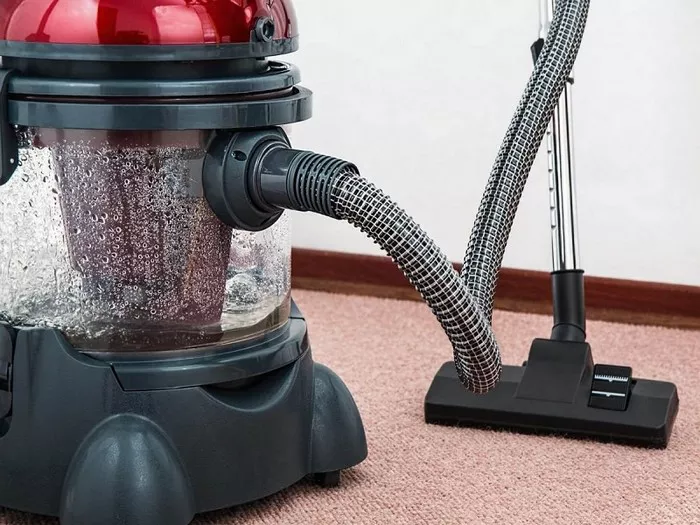In the realm of household cleaning appliances, the motor serves as the beating heart of the vacuum cleaner, powering its essential suction mechanism. This pivotal component is the driving force behind the efficient removal of dirt, debris, and allergens from floors and surfaces. Understanding the types of motors utilized in vacuum cleaners is paramount to making informed purchasing decisions and achieving optimal cleaning performance.
Types of Motors
1. Universal Motors: Universally recognized for their versatility, universal motors are prominently featured in traditional corded vacuum cleaners. Their ability to operate seamlessly on both AC and DC power sources makes them a preferred choice for manufacturers seeking adaptable solutions. This versatility enables vacuum cleaners to deliver consistent suction power across various household environments.
2. Brushless DC (BLDC) Motors: With the advent of modern technology, the vacuum cleaner landscape has witnessed a paradigm shift towards brushless DC motors. Renowned for their efficiency, BLDC motors offer several advantages over their universal counterparts. These include heightened energy efficiency, quieter operation, and an extended lifespan, making them a preferred choice for eco-conscious consumers seeking sustainable cleaning solutions.
3. Other Motor Types: In addition to universal and BLDC motors, specialized motor types such as induction motors and digital motors find occasional application in niche vacuum cleaner models. These motors cater to specific cleaning requirements, offering unique performance attributes tailored to distinct user preferences.
Features and Performance
The type of motor employed in a vacuum cleaner significantly influences its features and performance metrics. Suction power, energy efficiency, noise level, and durability are among the key factors impacted by the choice of motor technology. While universal motors excel in providing robust suction power, BLDC motors offer a quieter and more energy-efficient cleaning experience, ensuring enhanced user satisfaction and operational convenience.
Application in Different Vacuum Cleaner Designs
From upright and canister to stick, handheld, and robotic models, the choice of motor type plays a pivotal role in shaping the design and functionality of various vacuum cleaner configurations. Leading brands such as Dyson, Shark, and Miele strategically leverage specific motor technologies to differentiate their product offerings and cater to diverse consumer needs. For instance, Dyson’s innovative use of digital motors in their cordless vacuum cleaners exemplifies a commitment to cutting-edge performance and user-centric design.
Maintenance and Care
To prolong the lifespan and optimize the performance of their vacuum cleaner’s motor, users should prioritize regular maintenance and care. This includes routine filter cleaning, thorough inspection for clogs, and scheduling periodic maintenance checks to address any potential issues proactively. By adhering to these best practices, users can ensure consistent cleaning performance and mitigate the risk of motor-related malfunctions.
Future Trends and Innovations
Looking ahead, the future of vacuum cleaner motor technology promises exciting advancements and innovations. Sensor-based control systems, integration with smart home platforms, and the development of eco-friendly and sustainable motor designs represent key areas of focus for manufacturers seeking to elevate the cleaning experience. By embracing these emerging trends, the industry is poised to revolutionize household cleaning and usher in a new era of efficiency and convenience.
Conclusion
In conclusion, the motor serves as the cornerstone of modern vacuum cleaner technology, driving innovation and shaping the cleaning landscape. By understanding the various types of motors available, consumers can make informed choices that align with their preferences and cleaning needs. Whether opting for the versatility of universal motors or the efficiency of brushless DC motors, selecting the right motor type is essential for achieving optimal cleaning performance. As we embark on the journey towards a cleaner, more connected future, the role of motors in powering our cleaning appliances will remain paramount, driving progress and innovation in the pursuit of cleaner homes and healthier environments.

